Imagine holding a piece of history in your hand that transcends time, a delicate imprint of life that existed millions of years ago. Skin impression fossils are exactly that—a rare glimpse into the past that can evoke awe and wonder. But why are these fossils so scarce, and what makes them so incredibly important? Let’s delve into the fascinating world of skin impression fossils and discover the secrets they hold.
The Elusive Nature of Skin Impression Fossils
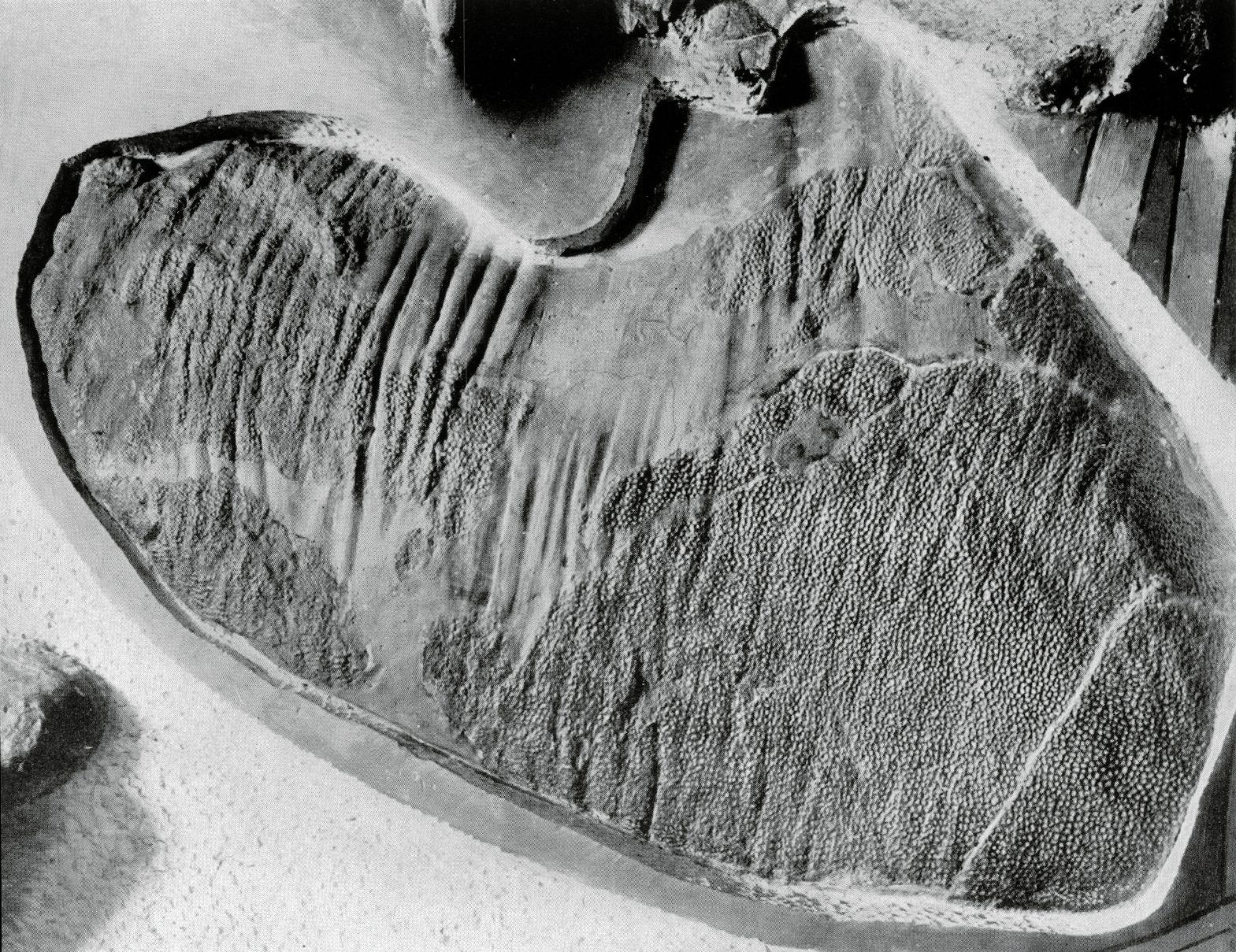
Skin impression fossils are not just rare; they are elusive treasures of the paleontological world. Unlike bones, which are hard and more likely to fossilize, skin is soft and degrades quickly. Imagine trying to preserve a soap bubble—it’s a near-impossible task. The same principle applies to skin impressions, which require very specific conditions to survive the test of time. The rarity of these fossils makes each discovery a significant event in the scientific community.
The Perfect Conditions for Preservation

For skin impressions to fossilize, a perfect storm of conditions must align. Rapid burial, low oxygen levels, and fine sediment all play crucial roles. Picture a delicate leaf falling onto wet cement; if undisturbed, it leaves an impression. Similarly, a dinosaur’s skin might leave an imprint if quickly covered by sediment. These conditions are rare in nature, making skin impression fossils a true marvel when found.
Unlocking Secrets of Ancient Creatures
Why do these rare fossils matter so much? They offer a window into the past, revealing details about ancient creatures that bones alone cannot provide. Skin impressions can show scale patterns, textures, and even colors. Imagine unveiling the intricate patterns on a dinosaur’s skin, akin to discovering a hidden masterpiece. These details help scientists reconstruct the appearance and behavior of long-extinct species.
A Glimpse into Ancient Ecosystems
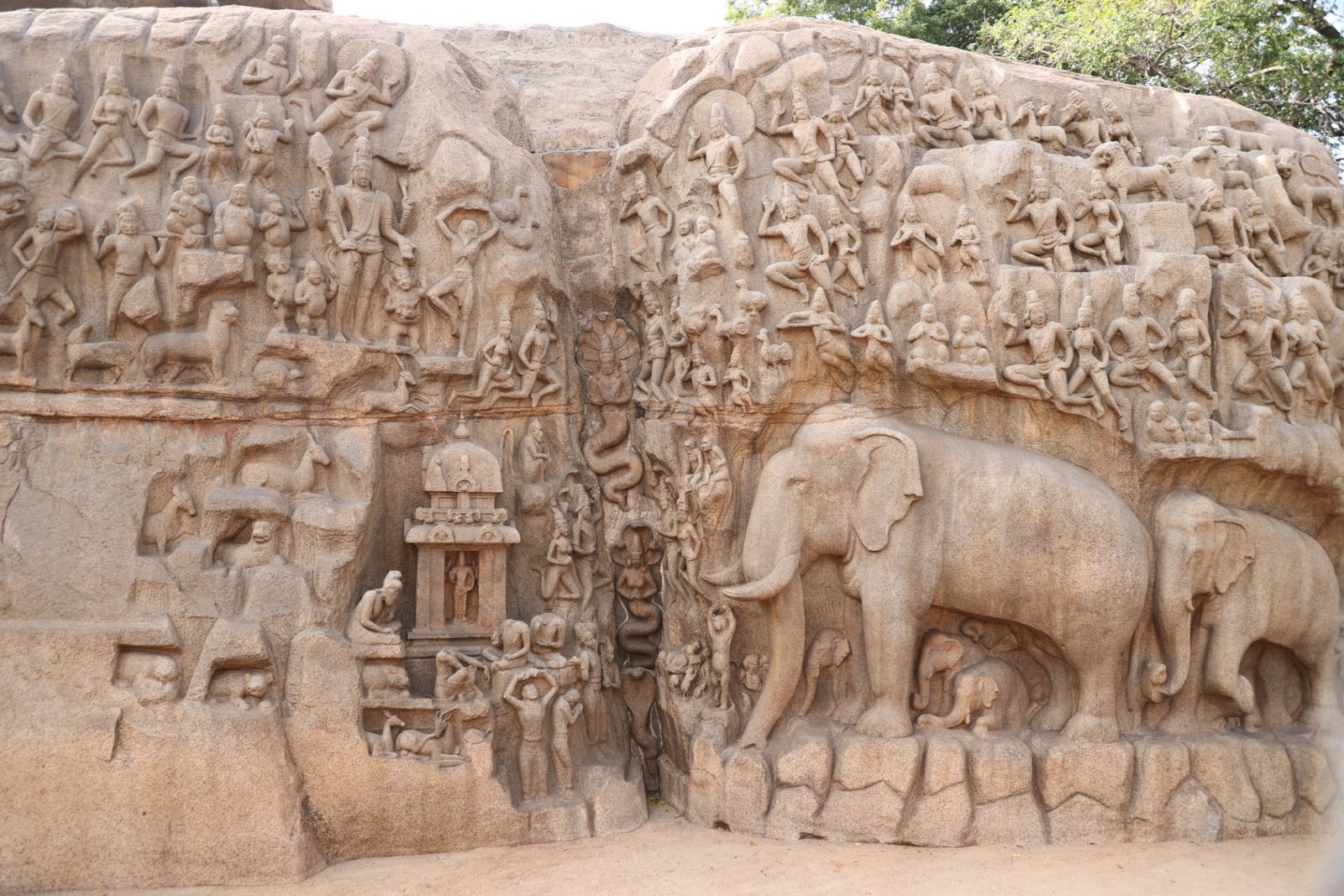
Skin impressions do more than reveal individual creatures; they offer insights into entire ecosystems. By studying these fossils, scientists can infer the climate, vegetation, and even interactions between species. It’s like piecing together a puzzle of an ancient world, where every detail adds depth to our understanding. This broader perspective helps us comprehend how ecosystems have evolved over millions of years.
Contributions to Evolutionary Biology

In the realm of evolutionary biology, skin impression fossils are invaluable. They provide evidence of evolutionary changes, showing adaptations and variations in species. Consider the way a chameleon’s skin changes color—a marvel of evolution. Similarly, skin impressions can reveal evolutionary traits, helping scientists trace the lineage and adaptations of ancient creatures.
Challenges in Discovering Skin Impressions

The search for skin impression fossils is fraught with challenges. Paleontologists must meticulously excavate sites, often in harsh conditions, to uncover these delicate treasures. The process requires patience, precision, and a bit of luck. It’s like searching for a needle in a haystack, where each find is a triumph of perseverance and expertise.
Famous Discoveries that Changed Our Understanding
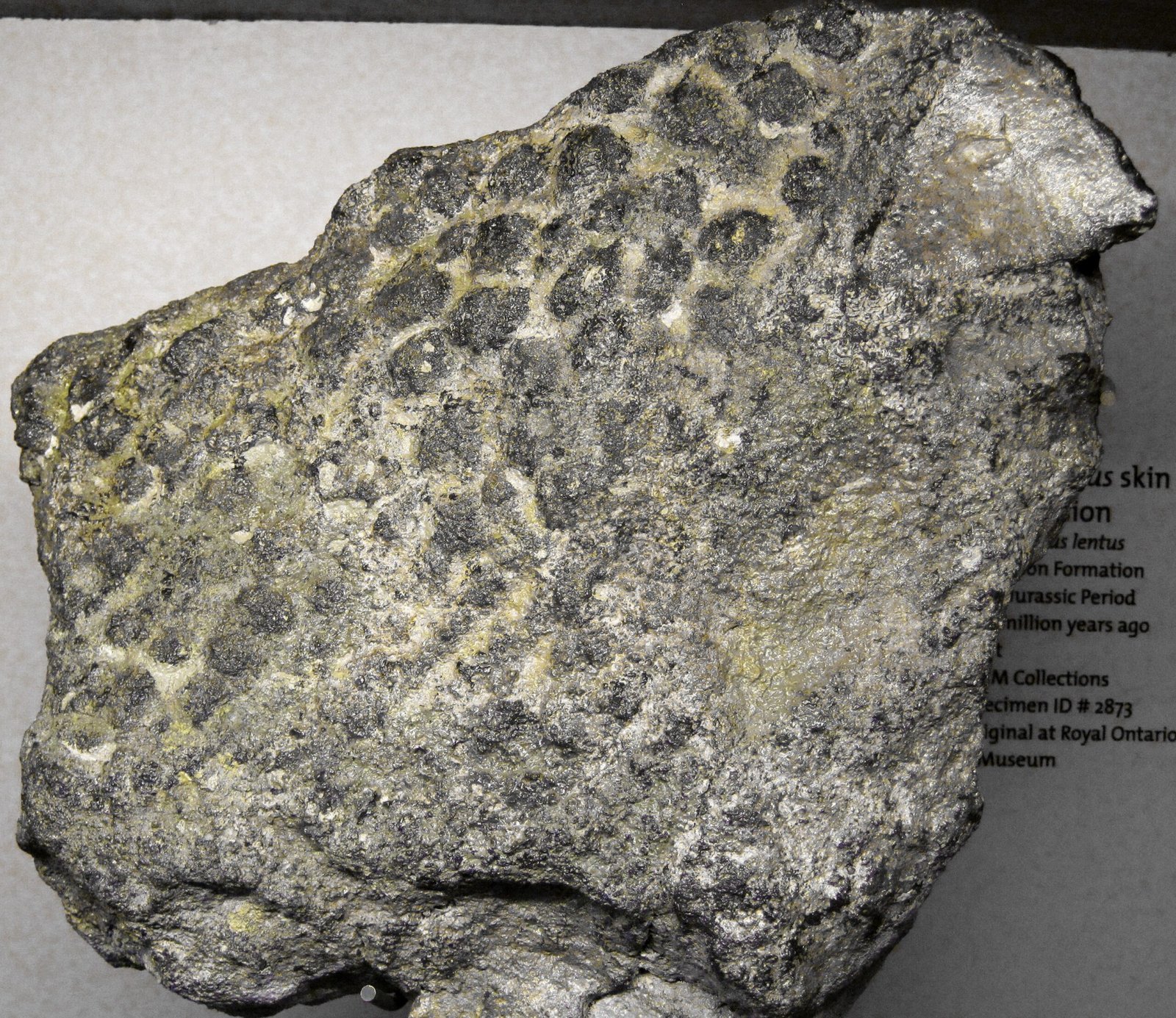
Throughout history, several notable discoveries of skin impression fossils have transformed our understanding of prehistoric life. From the intricate skin patterns of the hadrosaur to the textured scales of ancient reptiles, these finds have painted vivid pictures of the past. Each discovery is a milestone, offering new insights and sparking further research.
The Role of Technology in Unveiling Hidden Details
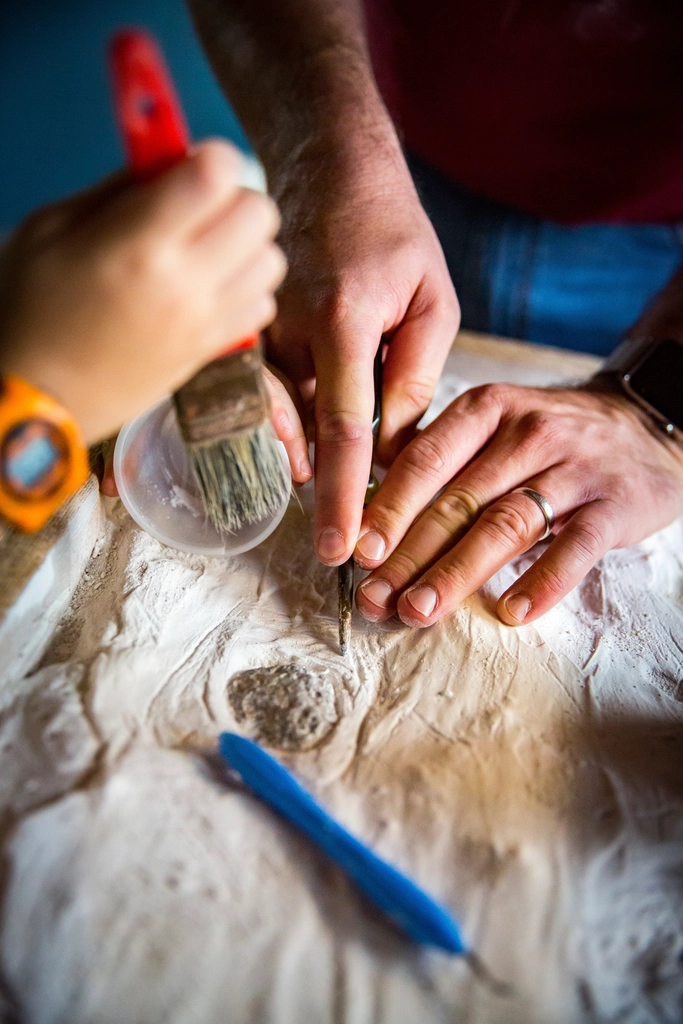
Advancements in technology have revolutionized the study of skin impression fossils. High-resolution imaging and 3D modeling allow scientists to analyze fossils in unprecedented detail. It’s akin to upgrading from a magnifying glass to a microscope, revealing hidden features and textures. These technological breakthroughs continue to enhance our understanding of these rare fossils.
Preserving the Legacy of Skin Impressions
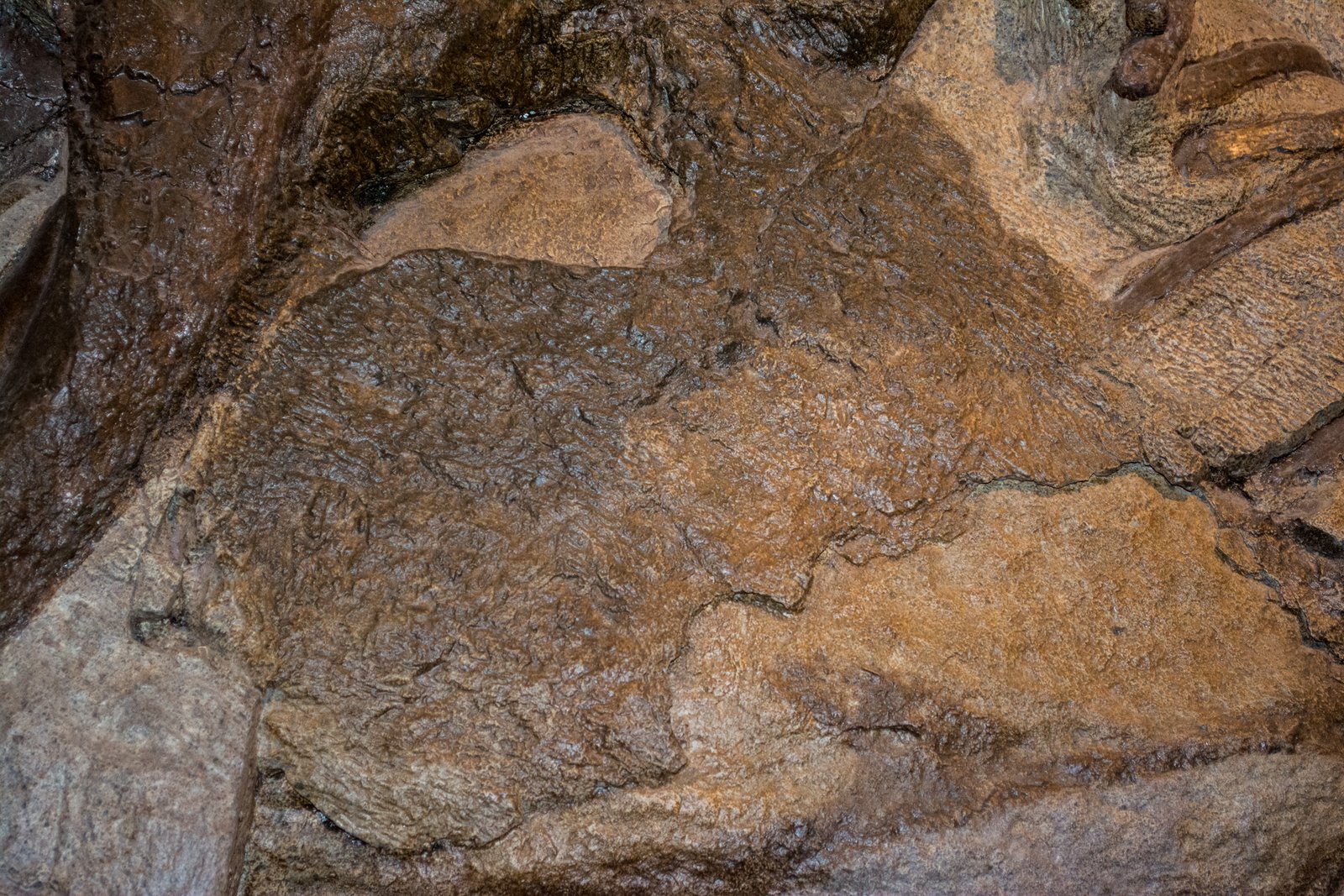
Preserving skin impression fossils is as critical as discovering them. Once unearthed, these fossils must be carefully conserved to prevent deterioration. Museums and research institutions play a vital role in safeguarding these treasures for future generations. It’s a responsibility akin to preserving a priceless work of art, ensuring that the legacy of ancient life endures.
The Ongoing Quest for Knowledge

The study of skin impression fossils is a dynamic field, constantly evolving with new discoveries and insights. Each fossil adds a piece to the puzzle, enhancing our understanding of the natural world. It’s a quest that fuels curiosity, inspiring scientists and enthusiasts alike to explore the mysteries of the past. What will the next discovery reveal? The possibilities are as vast as the history they uncover.


